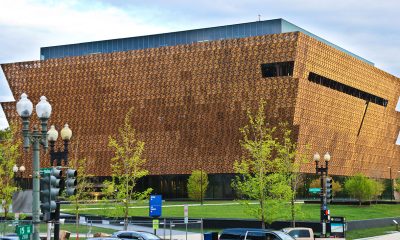Black History
From Louisville to the Olympics: The Legacy of William DeHart Hubbard
William DeHart Hubbard, born on November 25, 1903, in Cincinnati, Ohio, was a trailblazing figure in American sports history. Hubbard grew up in Cincinnati. While attending Walnut Hills High School he excelled in academics and athletics. This earned him a scholarship to the University of Michigan in 1921, where he studied in the College of Literature, Science, and the Arts. In college, he quickly made a name for himself as an exceptional track and field athlete.

By Tamara Shiloh
William DeHart Hubbard, born on November 25, 1903, in Cincinnati, Ohio, was a trailblazing figure in American sports history.
Hubbard grew up in Cincinnati. While attending Walnut Hills High School he excelled in academics and athletics. This earned him a scholarship to the University of Michigan in 1921, where he studied in the College of Literature, Science, and the Arts. In college, he quickly made a name for himself as an exceptional track and field athlete.
Hubbard was the only African American on the school’s track team; he was also the first African American varsity track letterman at the university. In his college career, Hubbard won several meets including being a three-time National Collegiate Athletic Association (NCAA) champion, eight-time Amateur Athletic Union (AAU) champion, and seven-time Big Ten Conference champion in track and field. His 1925 outdoor long jump of 25 feet 101⁄2 inches stood as the Michigan Wolverines team record until 1980, and it is still second. His 1925 jump of 25 feet 3.5 inches stood as a Big Ten Championships record until Jesse Owens broke it in 1935 with what is now the current record of 26 feet 8.25 inches.
In 1924, he was selected to represent the United States at the Paris Summer Olympics.
Competing against some of the best athletes in the world, Hubbard made history by winning the gold medal in the long jump by jumping 24 feet 5.5 inches. This victory made him the first African American to win an individual gold medal in the history of the modern Olympic Games.
In 1925, Hubbard broke the long jump world record with a leap of 25 feet 107⁄8 inches at the NCAA championships. In 1927, he bettered that with a jump of 26 feet 2.25 inches — which would have been the first ever over 26 feet — but meet officials disallowed it, claiming that the take-off board was an inch higher than the surface of the landing pit. He also competed in the hurdles at the 1926 AAU championships. He graduated with honors in 1927.
He specialized in the long jump, a sport that would soon bring him international fame.
Hubbard’s Olympic success was not just a personal triumph but a milestone for African Americans in sports. His victory challenged the prevailing stereotypes of the time and inspired a generation of Black athletes to pursue their dreams in the face of adversity.
After his Olympic success, he continued to excel in track and field. He set an additional world record in 1925 with a jump of 25 feet 10.75 inches, which stood for several years. His accomplishments were not limited to athletics, as he also became involved in civic and business endeavors after his graduation from the University of Michigan in 1927.
Following his athletic career, Hubbard returned to his hometown of Cincinnati, where he took on various roles serving his community and the progress of African Americans. He worked as a manager for the Department of Colored Work for the Cincinnati Public Recreation Commission and later became a race relations adviser for the Federal Housing Administration.
Hubbard passed away on June 23, 1976. As the first African American to win an individual Gold Medal in the Olympics, he not only paved the way for future generations of athletes but also demonstrated the profound impact that sports can have on societal change.
Activism
Oakland Post: Week of April 9 – 15, 2025
The printed Weekly Edition of the Oakland Post: Week of April 9 – 15, 2025
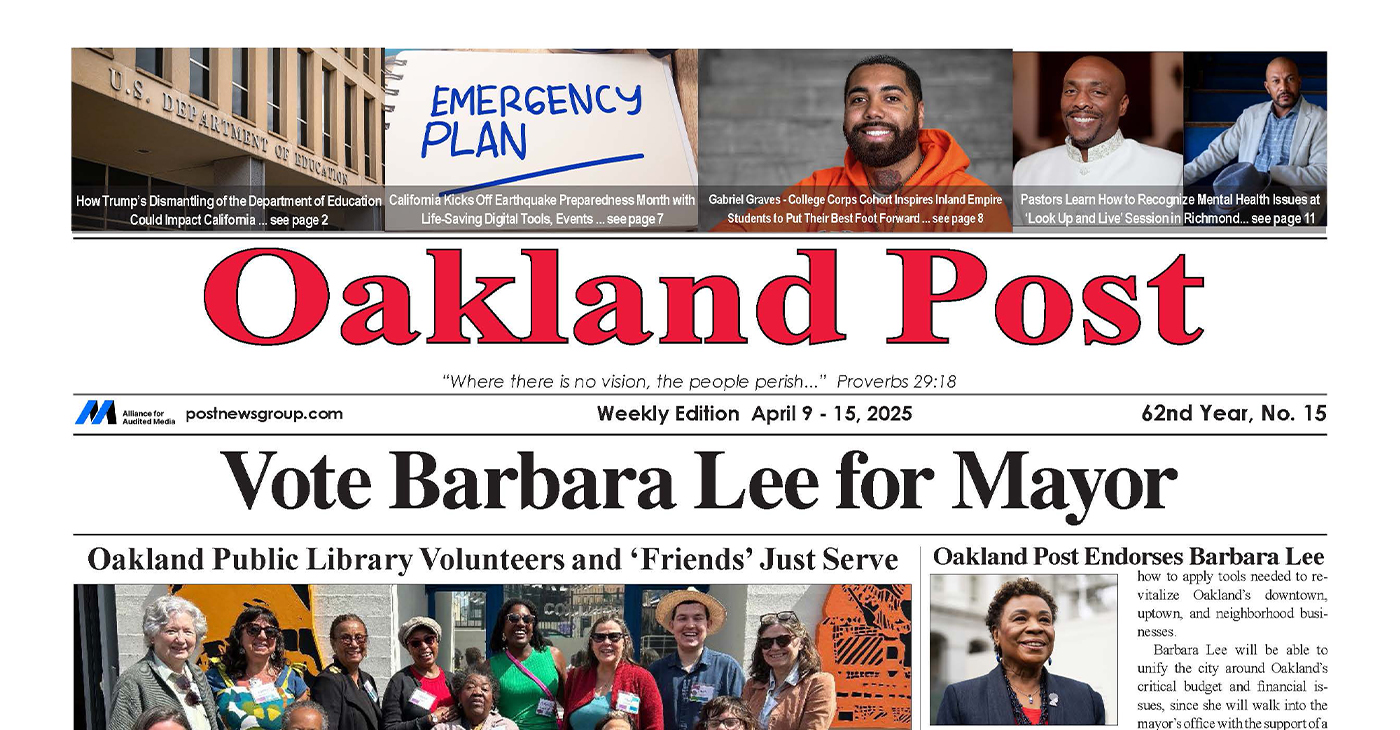
To enlarge your view of this issue, use the slider, magnifying glass icon or full page icon in the lower right corner of the browser window.
Activism
Oakland Post: Week of April 2 – 8, 2025
The printed Weekly Edition of the Oakland Post: Week of April 2 – 8, 2025
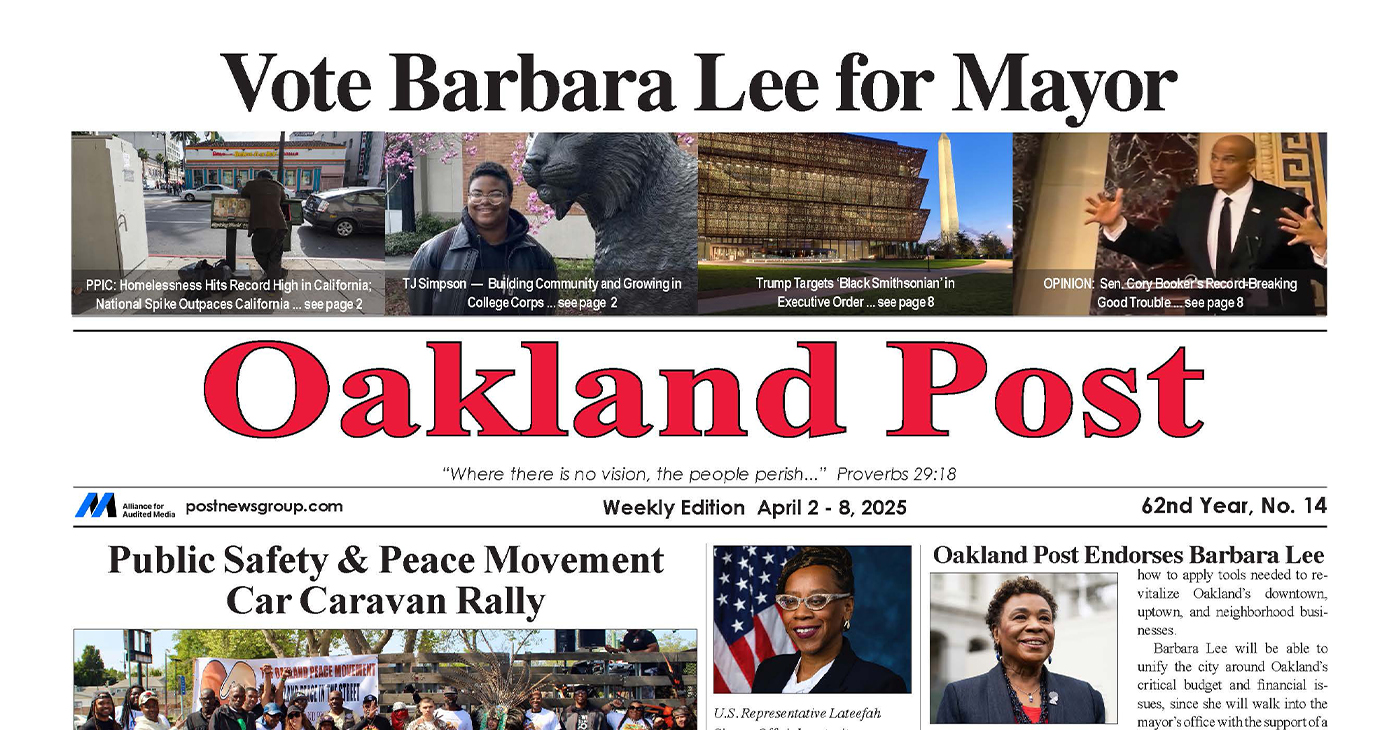
To enlarge your view of this issue, use the slider, magnifying glass icon or full page icon in the lower right corner of the browser window.
Activism
Oakland Post Endorses Barbara Lee
Barbara Lee will be able to unify the city around Oakland’s critical budget and financial issues, since she will walk into the mayor’s office with the support of a super majority of seven city council members — enabling her to achieve much-needed consensus on moving Oakland into a successful future.
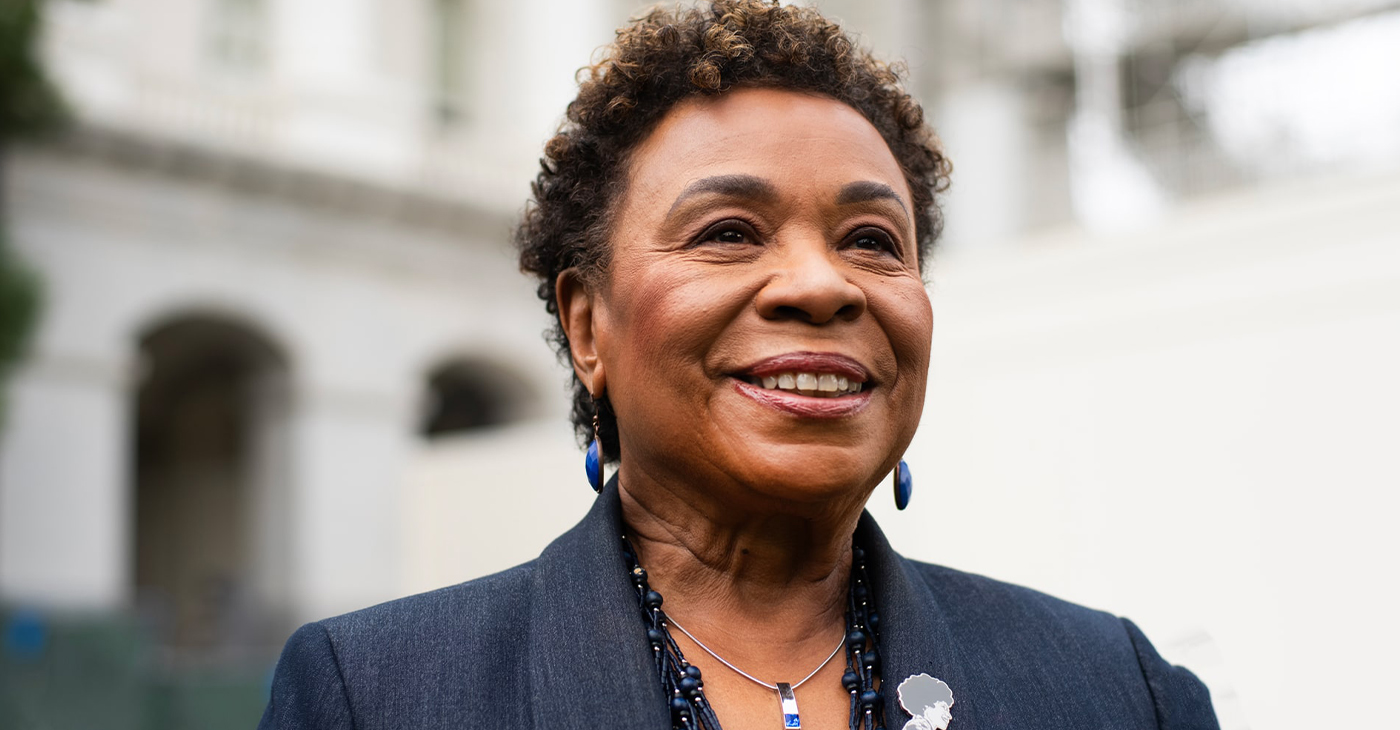
As we end the celebration of Women’s History Month in Oakland, we endorse Barbara Lee, a woman of demonstrated historical significance. In our opinion, she has the best chance of uniting the city and achieving our needs for affordable housing, public safety, and fiscal accountability.
As a former small business owner, Barbara Lee understands how to apply tools needed to revitalize Oakland’s downtown, uptown, and neighborhood businesses.
Barbara Lee will be able to unify the city around Oakland’s critical budget and financial issues, since she will walk into the mayor’s office with the support of a super majority of seven city council members — enabling her to achieve much-needed consensus on moving Oakland into a successful future.
It is notable that many of those who fought politically on both sides of the recent recall election battles have now laid down their weapons and become brothers and sisters in support of Barbara Lee. The Oakland Post is pleased to join them.
-

 Activism3 weeks ago
Activism3 weeks agoWe Fought on Opposite Sides of the Sheng Thao Recall. Here’s Why We’re Uniting Behind Barbara Lee for Oakland Mayor
-

 Activism4 weeks ago
Activism4 weeks agoSan Francisco Is Investing Millions to Address Food Insecurity. Is Oakland Doing the Same?
-

 #NNPA BlackPress4 weeks ago
#NNPA BlackPress4 weeks agoRev. Dr. Jamal Bryant’s Black Church Target Boycott Mobilizes 150,000
-
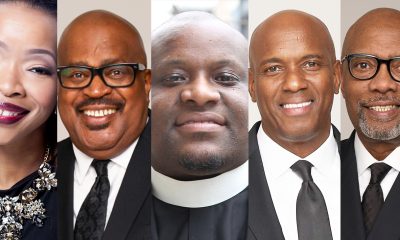
 Activism3 weeks ago
Activism3 weeks agoFaith Leaders Back Barbara Lee for Mayor, Criticize Candidate Loren Taylor for Dishonest Campaigning
-

 Activism4 weeks ago
Activism4 weeks agoOakland Post: Week of March 12 – 18, 2025
-

 Activism3 weeks ago
Activism3 weeks agoOakland’s Most Vulnerable Neighborhoods Are Struggling to Eat and Stay Healthy
-

 #NNPA BlackPress4 weeks ago
#NNPA BlackPress4 weeks agoRecently Approved Budget Plan Favors Wealthy, Slashes Aid to Low-Income Americans
-

 Activism3 weeks ago
Activism3 weeks agoGroup Takes First Steps to Recall District Attorney Diana Becton

